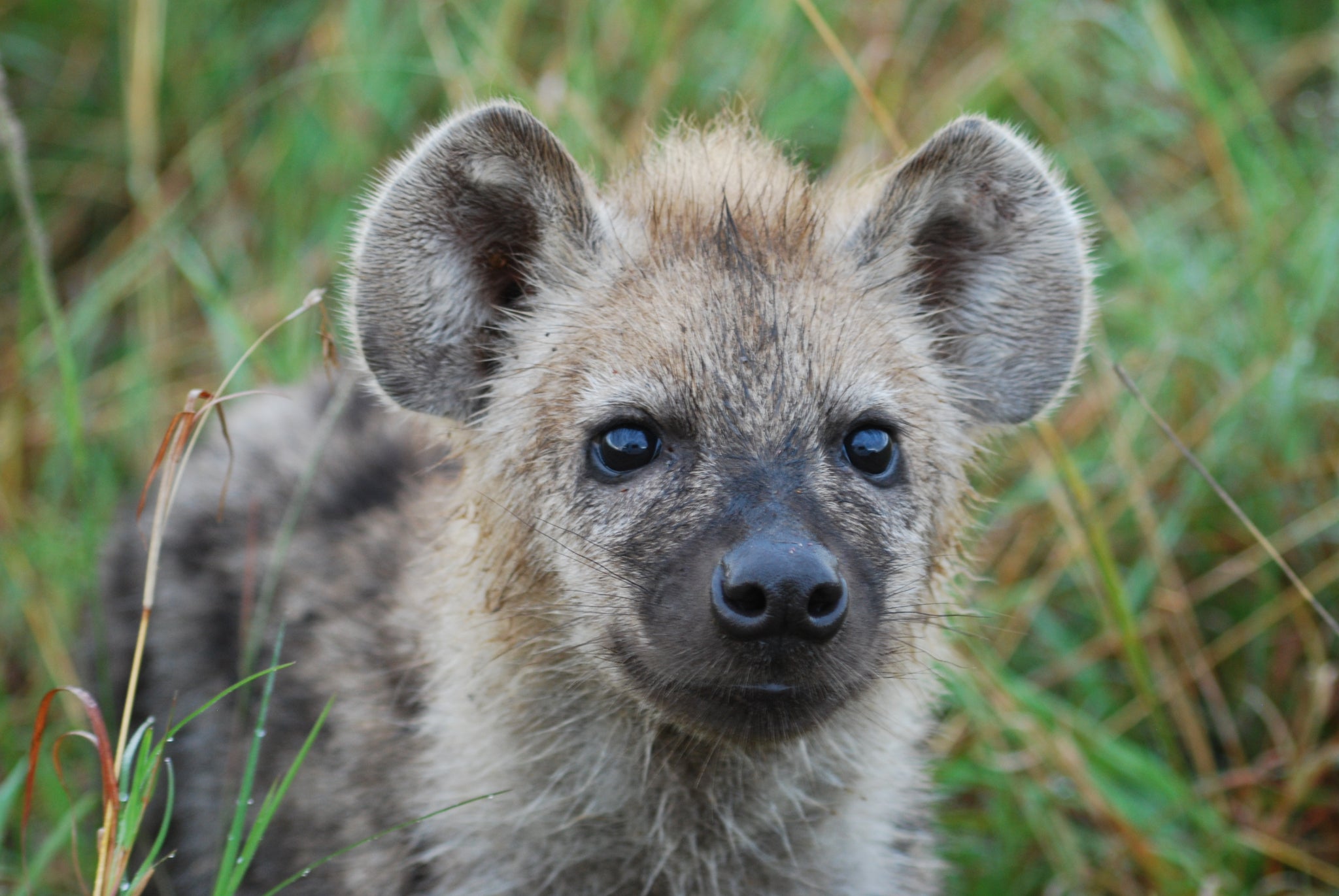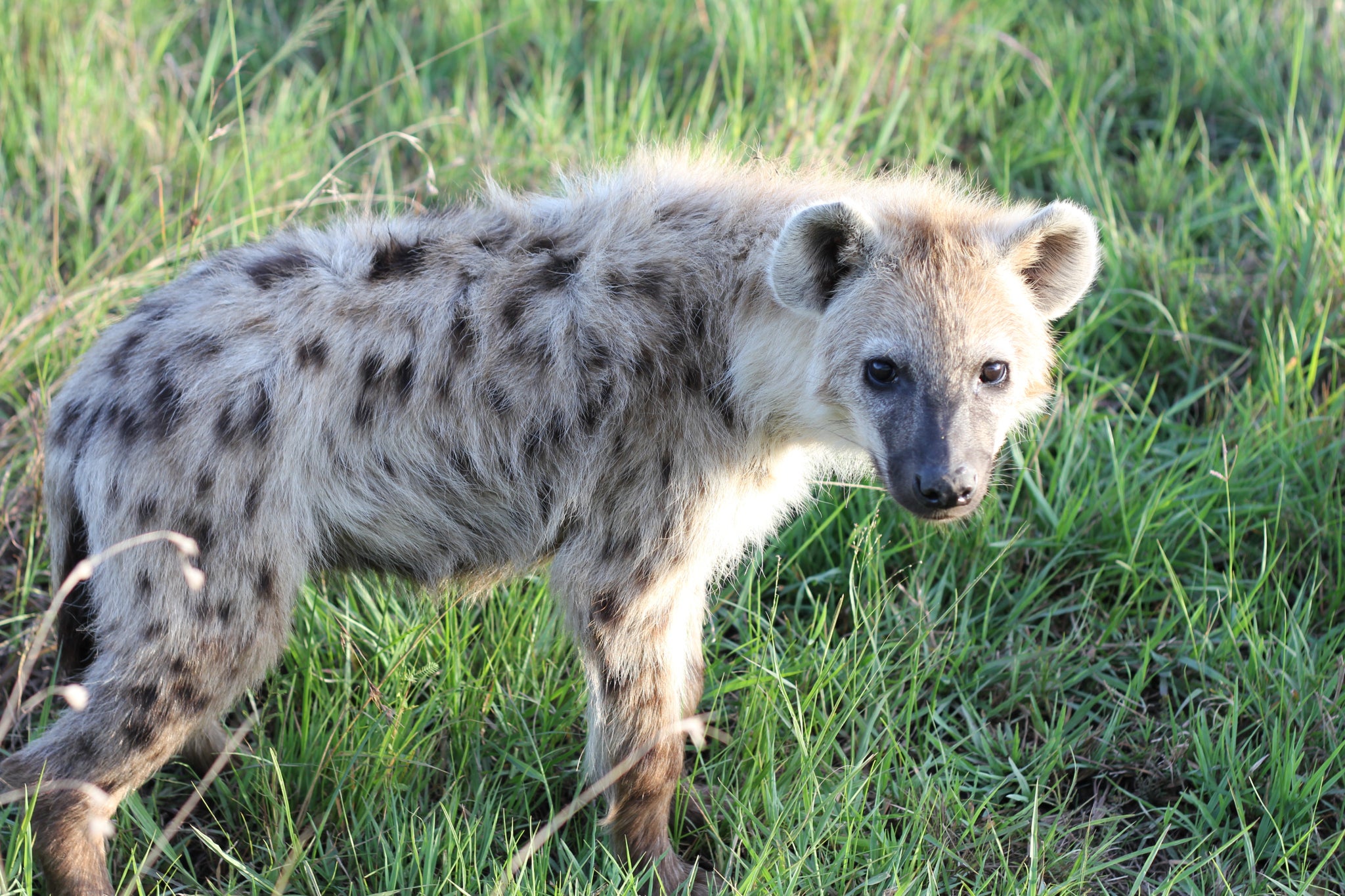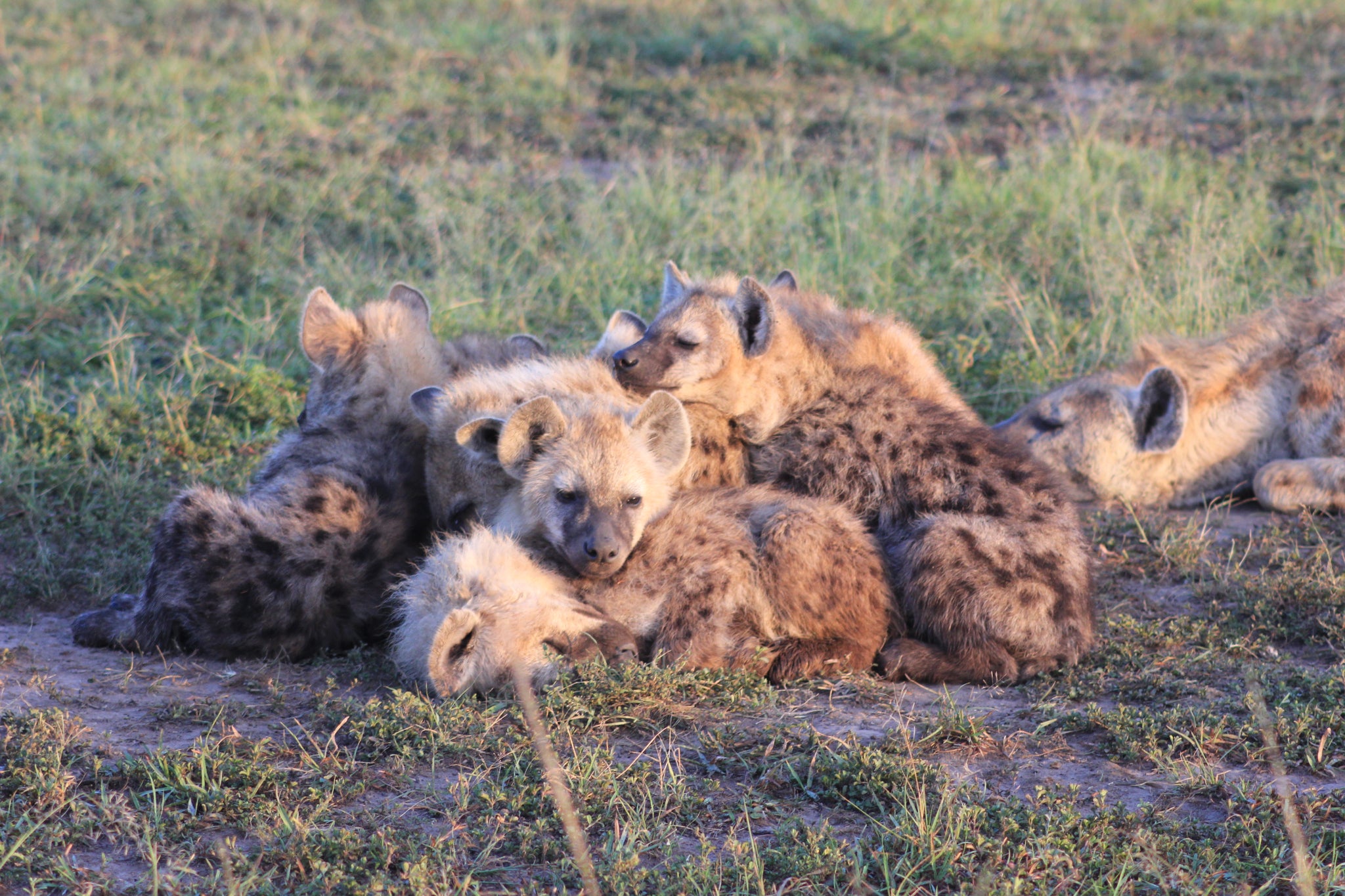
Luke Montrose, assistant professor for the Department of Community and Environmental Health, contributed to a publication of a research project. The research study, “Early Life Social and Ecological Determinants of Global DNA Methylation in Wild Spotted Hyenas” has been published in the peer reviewed journal, Molecular Ecology and is the product of an interdisciplinary mentorship between Montrose and Zach Laubach, the publication’s first author.

This mentorship began when Montrose was at the University of Michigan and met Laubach, who at the time, was an integrative biology graduate student at Michigan State University. Laubach reached out to Montrose in hopes to gain insight and training on the epigenetics portion of Laubach’s study.
“Epigenetics alterations can regulate gene expression,” said Montrose. “It affects how we as humans grow and develop throughout our lifetime. Many things can change your epigenetics which alters how our genes are regulated. In this study, we were looking to see if early life social and environmental factors were associated with differences in DNA methylation in hyenas.”
Researchers are studying hyenas because hyenas display a similar form of social hierarchy to humans. Moreover, hyenas provide a good model compared to other animals because they have long lifespans, live in societies, and share genetic similarities to humans.

To explore how early life exposures affect various outcomes later in life, Laubach studied a group of hyenas, noting early life environmental factors and how those factors influenced the hyenas’ DNA methylation across development. This ongoing field study, which was started in 1988, has been following nearly six clans of hyenas in the Masai Mara National Reserve in Kenya for several decades.
Hyenas clans are organized by a female dominated, linear social hierarchy in which offspring ‘inherit’ the ranks of their mothers. Therefore, when a hyena cub is born, its rank is based on the social status of its mother’s. From an early age, a cub’s life including the order in which they eat and how much food they receive overall is impacted by their rank in the social structure. The group of researchers examined these early life socio ecological factors and followed these hyenas from cubs to adults.

Throughout their lives, the hyenas would routinely be sedated to facilitate a health check, which included a blood draw. The blood was transferred to Michigan where Montrose and Laubach studied the DNA methylation – this provided epigenetic data that was then compared to each hyena’s maternal social status and other early life social and environmental factors.
Laubach and Montrose found that maternal rank could be a determinant of hyena cub DNA methylation. Suggesting that a high ranking mother’s ability to provide resources to their cubs had an impact on the cub’s DNA methylation when compared to cubs from lower ranking mothers. However, the research team concluded that more studies are required to fully understand how DNA methylation patterns connect early life factors to long term hyena health.
“I really value the opportunity to be a mentor because these are relationships that last longer than any one research project,” said Montrose. “I think that interdisciplinary mentorships are key to student development and produce researchers capable of designing more holistic studies. ”

In addition to the continuation of this mentorship, Montrose is also currently working on studies that form similar hypotheses surrounding the effect of early life factors on long term health, including studies of wildfire smoke exposure among firefighters.
Notably, the collaborative study by Laubach and Montrose exemplifies the concept of One Health, which recognizes that the health of people is connected to the health of animals and the environment.
“Boise State is currently pursuing cross-disciplinary research under the ‘One Health Research Initiative’that is advantageous for animals, humans and or the environment as it recognizes the interconnectedness between those areas,” said Jared Romero, assistant director of Research Compliance and chair of the Institutional Animal Care and Use Committee at Boise State. “The utilization of the hyenas and their societal structure as a model organism to study epigenetic alterations relative to humans provides researchers with unique epigenetic inferences to that specific model organism as well as insights into our own gene expression.”
By Taylor Music